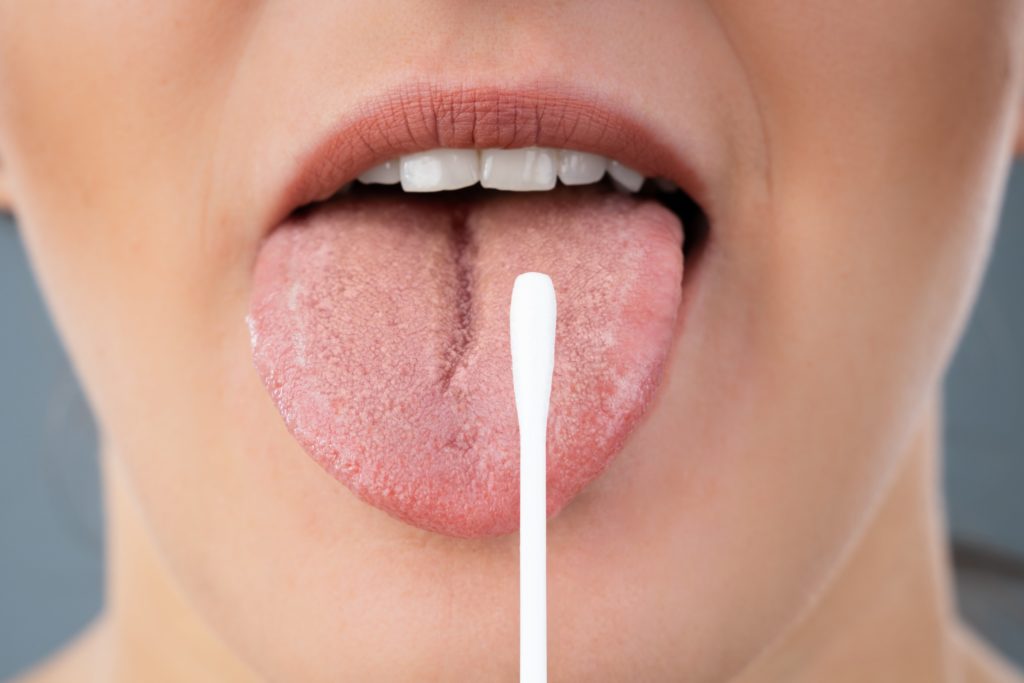Premalignant lesions of the jaws are common pathologic lesions. The lesion arises from the
remnants of tooth formation tissues, and consequently, they develop in the tooth-bearing
areas of the jaws. Non-odontogenic cysts were classically thought to arise from the
remnants of the maxillary or mandibular processes in the forming embryo. A small group of
cysts occurs in the soft tissues of the oral cavity instead of the bone. Amongst these, the
most common is mucocele, which typically occurs in the lower lip due to repeated trauma to
the lip.
The word ‘cancer’ is devastating for any patient and has lifelong consequences. Even
though mortality associated with cancer has reduced in the last few decades thanks to
advancements in radiation, chemotherapy and surgical treatment, the associated
complications and risk of recurrences have some serious debilitating consequences. It is
widely accepted that the best form of tackling cancer is its prevention. Hence, at the first
sign of any suspicion, the patient should consult their dentist or doctor to rule out any oral
premalignancy. Lesions can appear as whitish patches (Leukoplakia) or reddish patches
(Erythroplakia) or a mix of white and reddish patches (Erythroplakia). Oral submucous
fibrosis (OSMF) is also considered a premalignant condition which is widely prevalent.
The symptoms commonly associated with oral premalignant lesion are burning sensation of
the oral cavity or bleeding from the lesion. The patient generally complains of an inability to
tolerate hot and spicy food. In patients with OSMF, the mouth opening gradually starts to
reduce, and then the patient may find it difficult to move his tongue. Lack of sensation while
consuming any food or drink may also happen. If left untreated, the condition progresses
very rapidly. During the consultation, the specialist will examine the oral cavity and may
decide to run some additional tests to rule out any premalignant lesion or cancer. Oral
cancer has been a menace in the 21st century and requires medical expert management.
However, the best way to treat oral cancer is to prevent it by looking for the earlier signs
which indicate the cancer formation. To obtain further details regarding the procedure as
well as post-procedural care, please do not hesitate to get in touch with our team, so we can
refer you to the best specialists and well-equipped medical facilities.

Premalignant lesions of the jaws are common pathologic lesions. The lesion arises from the remnants of tooth formation tissues, and consequently, they develop in the tooth-bearing areas of the jaws. Non-odontogenic cysts were classically thought to arise from the remnants of the maxillary or mandibular processes in the forming embryo. A small group of soft tissue cysts occurs in the soft tissues of the oral cavity instead of the bone. Amongst these, the most common is mucocoele, which typically occurs in the lower lip due to repeated trauma to the lip.

The word ‘cancer’ is devastating for any patient and has lifelong consequences. Even though mortality associated with cancer has reduced in the last few decades thanks to advancements in radiation, chemotherapy and surgical treatment, the associated complications and risk of recurrences have some serious debilitating consequences. It is widely accepted that the best form of tackling cancer is its prevention. Hence, at the first sign of any suspicion, the patient should consult their dentist or doctor to rule out any oral pre-malignancy. Lesions can appear as whitish patches (leukoplakia) or reddish patches (Erythroplakia) or a mix of white and reddish patches (Erythroplakia). Oral sub-mucous fibrosis (OSMF) is also considered a premalignant condition which is widely prevalent. Initial symptoms that may occur: Burning sensation of the oral cavity or bleeding from the lesion. The patient generally complains of an inability to tolerate hot and spicy food. In patients with OSMF, the mouth opening gradually starts to reduce, and then the patient may find it difficult to move his tongue. Lack of sensation while consuming any food or drink may also happen. If left untreated, the condition progresses very rapidly. During the doctor consultation, the specialist will examine the oral cavity and may decide to run some additional tests to rule out any premalignant lesion or cancer. Oral cancer has been a menace in the 21st century and requires medical expert management. However, the best way to treat oral cancer is to prevent it by looking for the earlier signs which indicate the cancer formation. Check with Globalmedi so we can refer you to the best specialists and well-equipped medical facilities. Treatment: One option is a surgical treatment for premalignant lesions, thereby minimising their progression to an advanced stage. The treatment for OSMF is much different from the treatment for other premalignant lesions. In its early stages, doctors try to manage these conditions by injecting certain medications into the oral cavity, which helps reduce the stiffness of muscles. However, in its more advanced stage, specialists will perform the surgical treatment to release the stiffness and reconstruct the oral cavity. This technique is followed by a strict physiotherapy regimen which helps improve the mouth opening.
